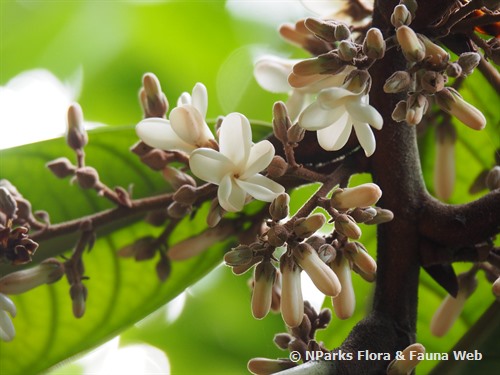
Name
Classifications and Characteristics
| Plant Growth Form | Tree |
|---|
Biogeography
| Native Distribution | Endemic to Peninsular Malaysia |
|---|---|
| Native Habitat | Terrestrial |
| Preferred Climate Zone | Tropical |
Description and Ethnobotany
| Growth Form | It is a tree, up to 15 m tall. Young twigs are covered in reddish brown star-shaped hairs. |
|---|---|
| Foliage | Leaves are very leathery, oblong to lanceolate shaped (44 – 84 cm long and 10 – 16.5 cm wide). Upper surface of the leaf is bullate and glossy dark green while the underside is pale green. There are 28 - 30 pairs of secondary veins and reticulate tertiary veins. Domatia may be present between veins joints. Petiole is 2 - 3 cm long, and densely covered in reddish brown hairs, which appears cracked when dried. Leaves have entire margin, heart-shaped base, and acuminate apex. Stipules narrowly triangular in shape, often curving to one side, 20-35 x 5-8 mm. |
| Fruit | Fruits develops in a bunch where 1 fruit occurs at each node. Fruit has 5 ovate calyx lobes (about 3.5 – 4 cm long and 1 - 1.5 cm wide) which turn from green to reddish brown when ripe. Nut is ovoid (1.5 – 1.8 cm in diameter). |
| Habitat | It was found in lowland dipterocarp forest, at about 50 m altitude, on a gentle slope near the riverbank |
| Etymology | Species epithet yeechongii is named after Chan Yee Chong, a FRIM Research Assistant who collected the specimen and played a vital role in the discovery of the species. |
Plant Care and Propagation
| Light Preference | Full Sun, Semi-Shade |
|---|---|
| Water Preference | Moderate Water |
| Plant Growth Rate | Moderate |
Image Repository
Others
| Master ID | 30511 |
|---|---|
| Species ID | 4820 |
| Flora Disclaimer | The information in this website has been compiled from reliable sources, such as reference works on medicinal plants. It is not a substitute for medical advice or treatment and NParks does not purport to provide any medical advice. Readers should always consult his/her physician before using or consuming a plant for medicinal purposes. |

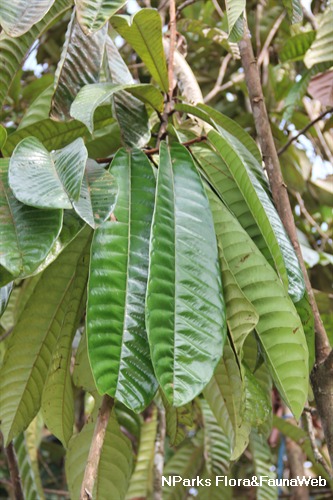
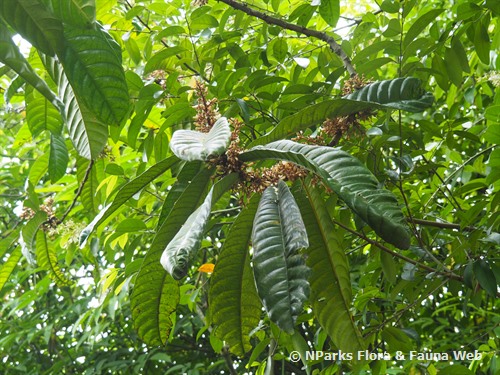
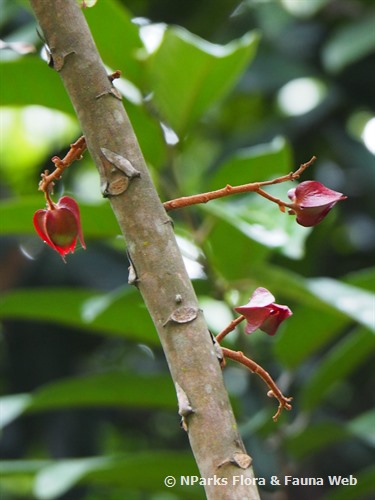
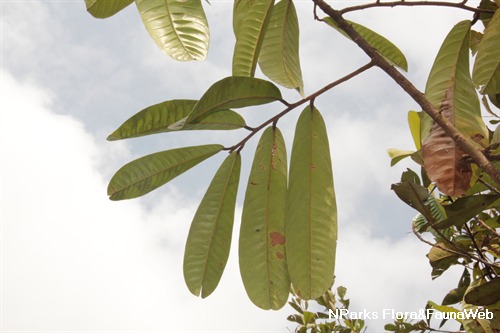
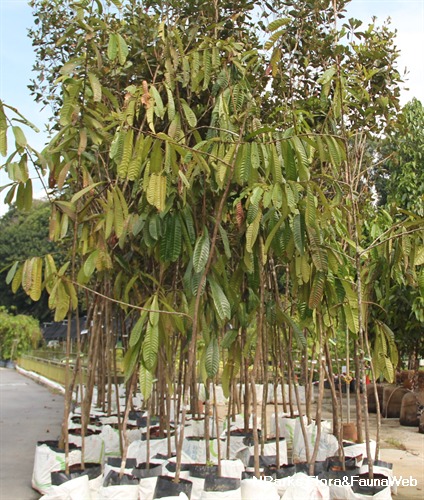
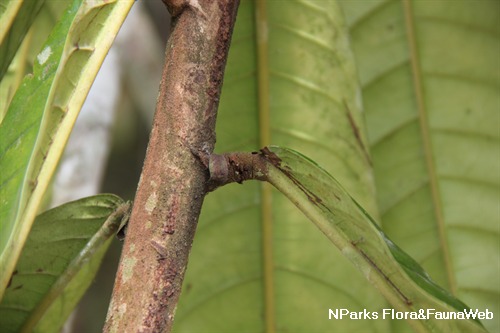
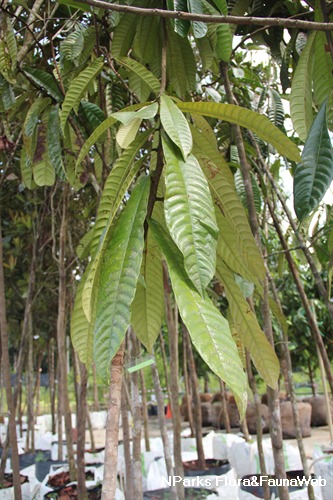
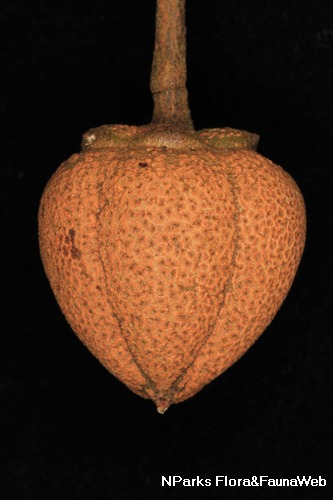
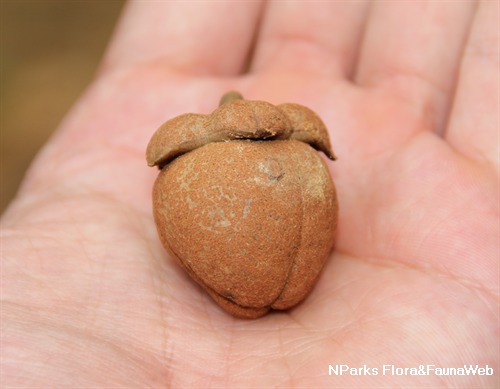
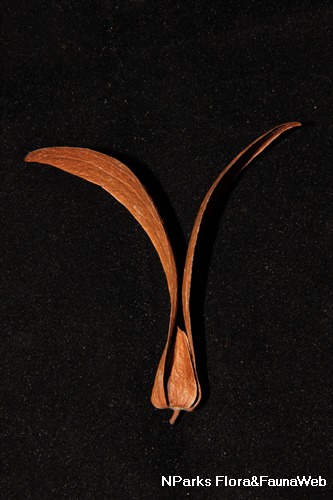
-(18).jpg)